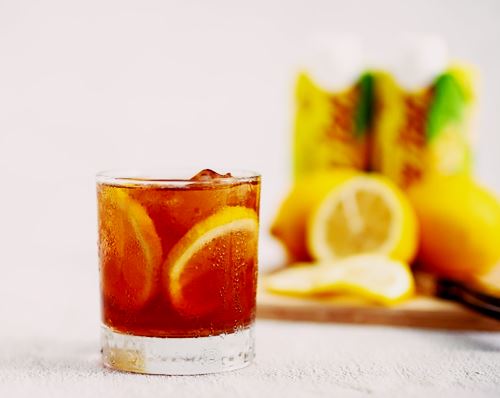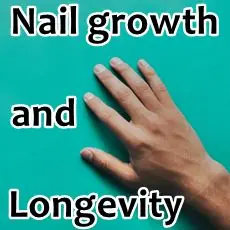Flavonoids can increase your Healthspan
A flavonoid-rich diet can help you age better
Fact Checked
×All the content published in our website is fact checked to validate its accuracy.
Visit our guidelines web page to learn more about our strict processes regarding how we review our content's sources: reliable and reputable journals, media websites, universities, colleges, organizations, and professionals.
Our articles are based on scientific evidence, and the references are included in its footnotes, which are clickable links to sound scientific papers.
First published: 21. Feb.2025
Overview: Fruit, veggies, and red wine are key to a healthy old age
A recent study reveals that the flavonoids found in Plant-based foods (fruits, vegetables, and legumes) plus tea and red wine provide antioxidant and anti-inflammatory bioactive compounds that help mitigate the unhealthy side of aging such as impaired physical mobility, frailty, and poor mental health, and extend your healthy old age, or "healthspan".
This article looks into the details of this study and explains what flavonoids are, and the different types and sources of them.
References and Further Reading
(1) Nicola P. Bondonno, Yan Lydia Liu, Francine Grodstein, Eric B. Rimm, Aedín Cassidy, (2025). Associations between flavonoid-rich food and flavonoid intakes and incident unhealthy aging outcomes in older U.S. males and females. The American Journal of Clinical Nutrition, ISSN 0002-9165, https://doi.org/10.1016/j.ajcnut.2025.02.010
(2) Panche AN, Diwan AD, Chandra SR., (2016). Flavonoids: an overview. J Nutr Sci. 2016 Dec 29;5:e47. doi: 10.1017/jns.2016.41. Erratum in: J Nutr Sci. 2025 Jan 29;14:e11. doi: 10.1017/jns.2024.73. PMID: 28620474; PMCID: PMC5465813
(3) Saloni Dattani, Lucas Rodés-Guirao, Hannah Ritchie, Esteban Ortiz-Ospina and Max Roser, (2023). Life Expectancy. OurWorldinData.org. Accessed: Feb. 21, 2025
(4) Felix Richter, (2023). Charted: How life expectancy is changing around the world . Feb 23, 2023 World Economic Forum & Statista. Accessed: Feb. 21, 2025
About this Article
Flavonoids can increase your Healthspan, A. Whittall
©2025 Fit-and-Well.com. First Published: 21.Feb.2025. Update scheduled for 21.Feb.2028. https://www.fit-and-well.com/wellness/healthspan-and-flavonoids.html
Tags: healthspan, flavonoids, lifespan, polyphenols, flavones, flavonols, flavonones, isoflavonoids, catechins, anthocyanins, chalcones, plant-based diet, tea





